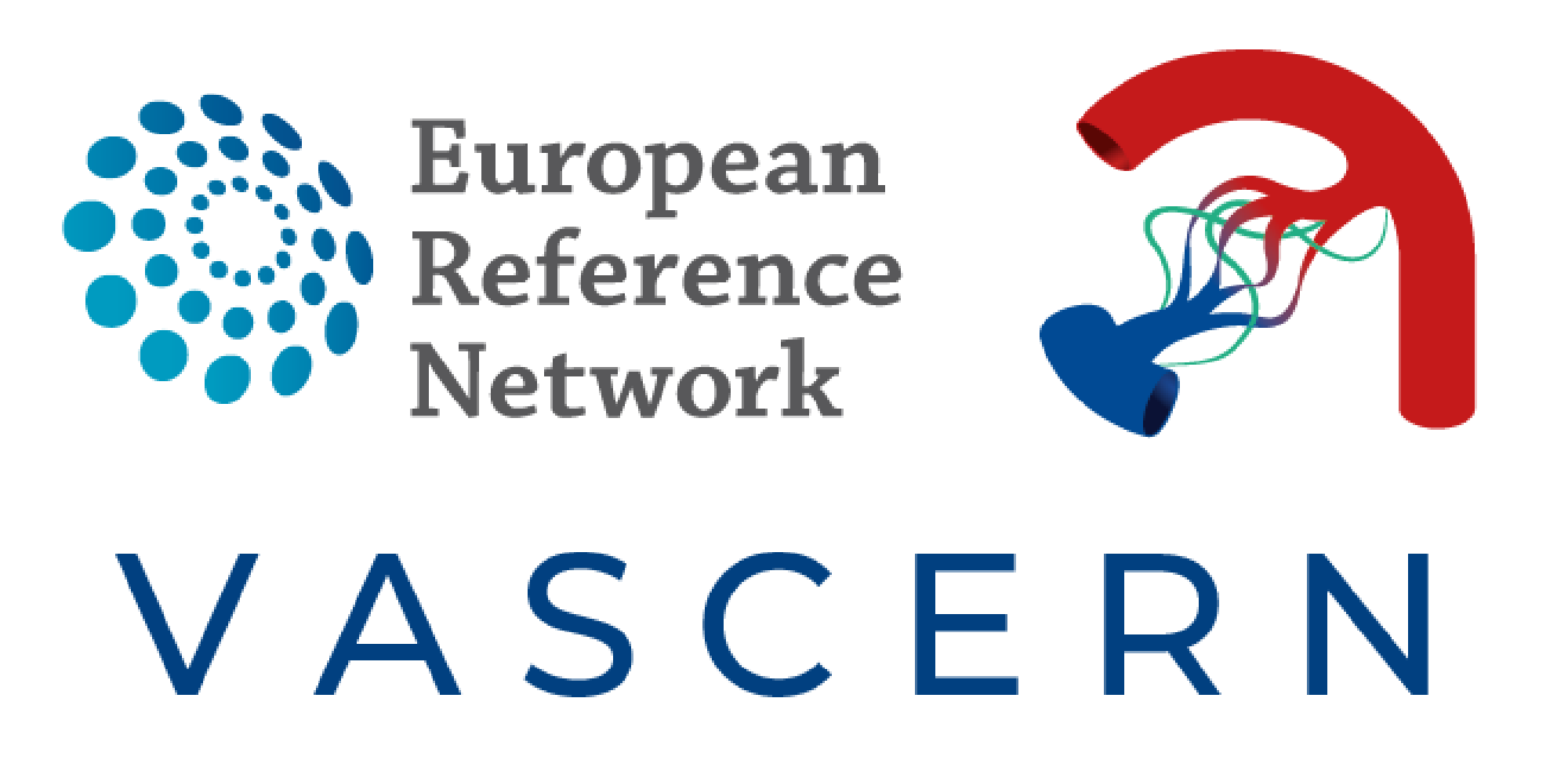
On May 22, 2025, the historic town of Crema, Italy played host to an inspiring gathering of HHT experts, and patient representatives from across Europe. The spring meeting of the Hereditary Hemorrhagic Telangiectasia (HHT) Working Group focused on clinical best practices, future research, and educational outreach. Above all, the meeting underscored the value of working together across borders, specialties, and perspectives to make real progress in rare disease care.
The meeting began with a warm welcome from the Chair, Anette Kjeldsen. After approval of the previous meeting minutes, each participant, including new young leads, introduced themselves and were warmly welcomed. The VASCERN Coordination Team, represented by Treasure Udechukwu and Roberta Armignacco, shared updates on ongoing initiatives, including opportunities for supporting future clinical guidelines. The conversation touched on areas like imaging for HHT diagnosis and management, emphasising the importance of shared protocols and resources.
Training initiatives were discussed, including the on-site session of the VASCERN summer school planned for September 2025. Work is underway on an online course on ultrasound, designed for clinicians involved in HHT diagnostics and care. The educational focus continued the following day with the BEE Meeting on May 23, 2025. This meeting provided clinical updates and discussions aimed at improving HHT care.



A core part of the meeting involved reviewing real patient cases using the Clinical Patient Management System (CPMS). Experts from different countries discussed complex diagnostic and treatment decisions, exchanging perspectives and insights in a safe, collaborative setting. The platform continues to support case-based collaboration across countries.
The group also reviewed the latest numbers from the HHT patient registry, a key resource for understanding trends, improving outcomes, and enabling research. While many new entries were reported, some centers shared ongoing challenges with data access or technical issues. The group discussed possible solutions to ensure smoother contributions going forward.
One of the most tangible outcomes of the day was the final approval of a “Do’s and Don’ts” for pregnancy in HHT. These expert-backed recommendations offer clear, accessible guidance for managing pregnancy safely and effectively in people with HHT — a topic of great importance to many families.
The finalized document will soon be published on the VASCERN website, making it easily available to both clinicians and patients. Another new “Do’s and Don’ts” factsheet, focusing on iron deficiency and anaemia, is now being discussed.
Raising awareness of HHT remains a top priority. Attendees discussed upcoming campaigns designed to inform both healthcare professionals and the general public. The ultrasound course mentioned earlier is part of this broader effort to equip more people with the knowledge they need to recognize and manage HHT.
The final part of the meeting looked to the future. Potential research collaborations, strategies for funding, and ideas for expanding outreach were discussed. While some projects are still in the early stages, there’s a clear momentum — and a willingness to support each other in turning ideas into action.



The HHT Working Group Spring Meeting 2025 focused on coordination, practical clinical tools, education, and registry development. Discussions reflected shared goals in strengthening cross-border care for people living with HHT.
Thank you to all participants and contributors for their engagement and collaboration. Your ongoing efforts continue to support better care, shared learning, and progress across the HHT network.

